A fairytale day out for all the family in Gran Canaria’s magical woods: Los Tilos de Moya
This accessible two-kilometre circular route round Los Tilos is the perfect excursion to enjoy this mysterious, leafy laurel forest, which has survived from the Tertiary Period.
You and your family can live out this fairytale in Gran Canaria. This story begins in the sky and draws to a close under the trees, where life has found a place for itself, anchored in time, making this a bastion of the island’s laurel forest. This type of forest existed long before any human beings trod the Earth, and it has found refuge in the Natural Reserve of Los Tilos de Moya.
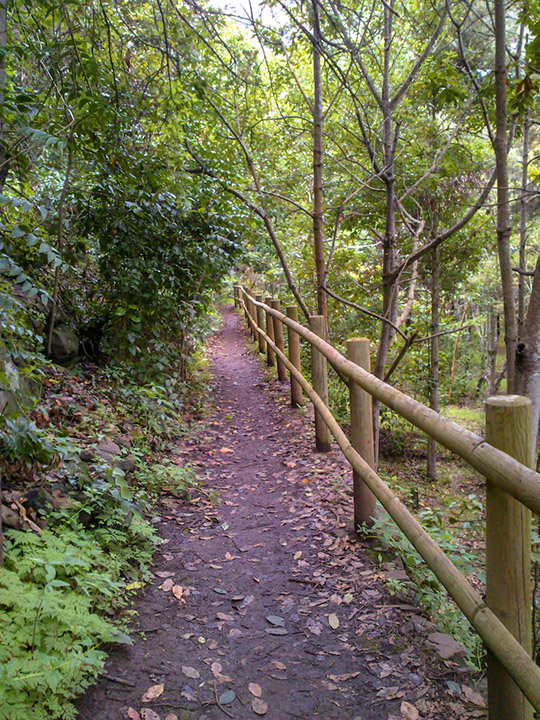
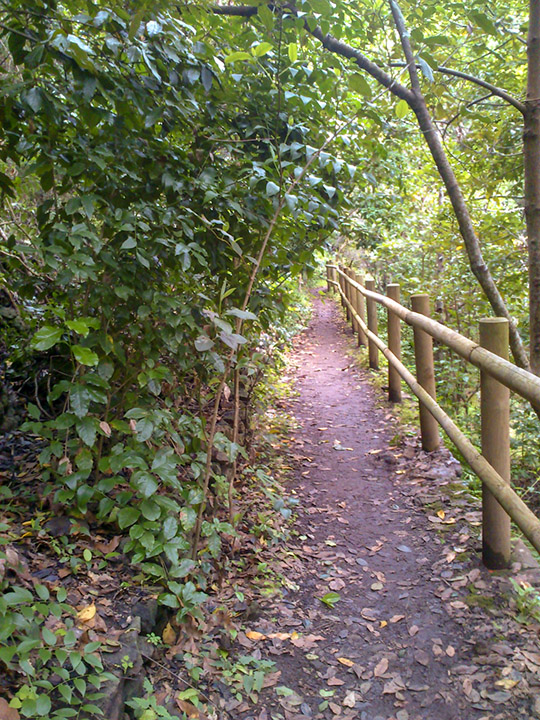
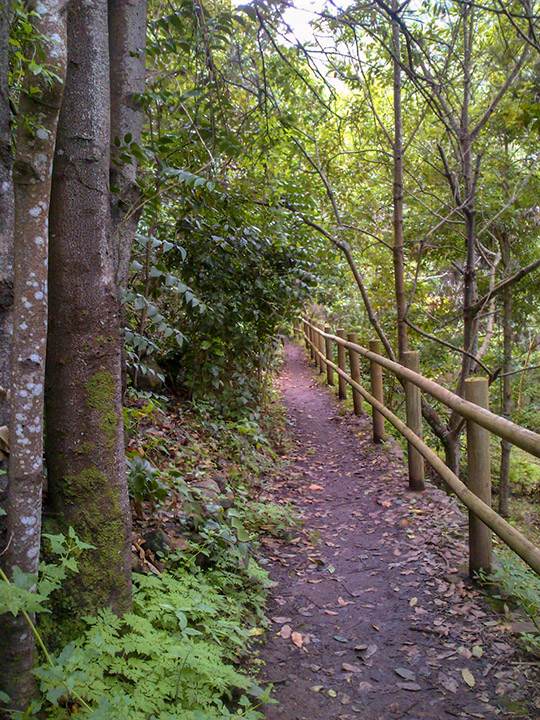
Fortunately, it’s always a good time to take the first step. Today, millions of years later, and thanks to a circular path almost two kilometres long, humans can step into this leafy land that seems to protect itself from the outside world with a dense green blanket woven by the branches and leaves of lime trees up to twenty metres tall, laurel trees, Canary laurels, fire trees, lemonwood and small-leaved holly.
If you’ve never walked through a laurel wood, it feels like travelling back through time, to an era before humans. Delving into the woods is like entering the kingdom of silence, full of shadows and glimmers of light that peek through the dense forest canopy.
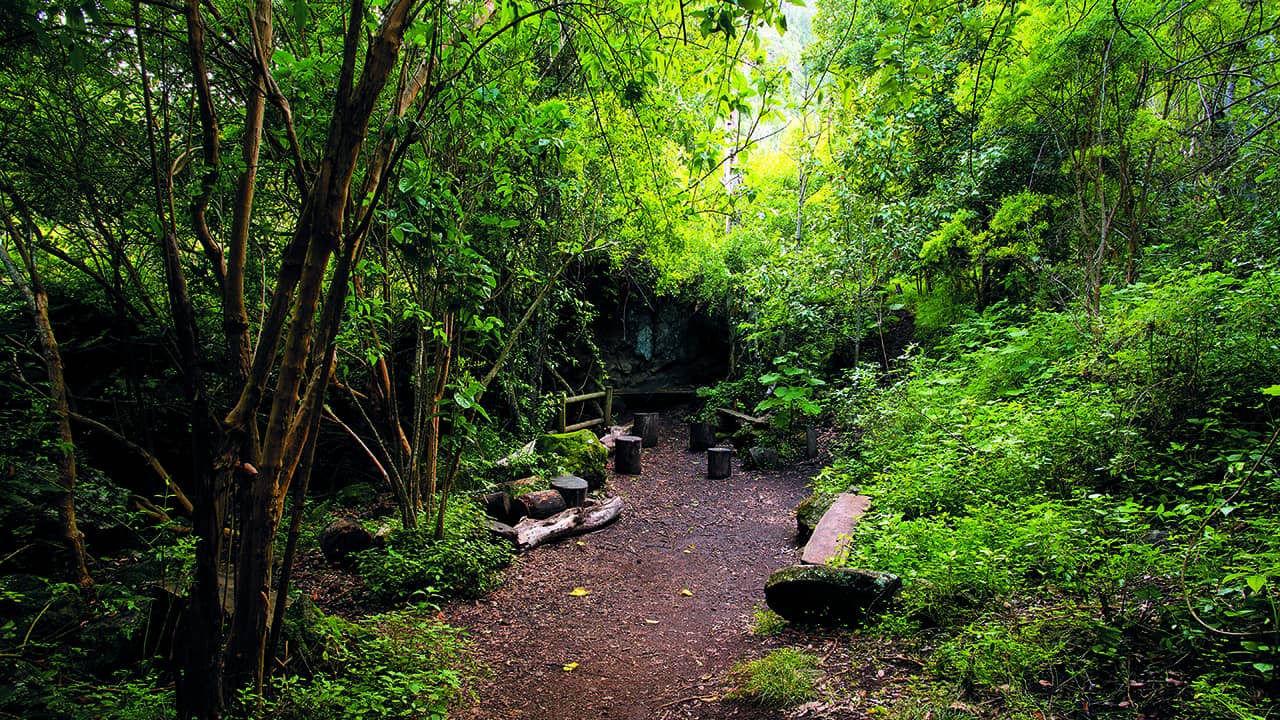
Why do people say that this story penned in green ink began on high? The explanation lies in the damp microclimate of the El Laurel ravine, on the north face of Gran Canaria, caressed by the sea of clouds for much of the year. It doesn’t even have to rain to keep the incessant wheel of life turning. Humidity forms on the wide leaves of the trees. This constant dripping irrigates the soil, where the damp lingers below the natural canopy.
This green kingdom can be explored along a path that runs between 500 and 800 metres above sea level. Sharpen your senses to appreciate the subtleties of this space, home to more than 35 of the most endangered plant species on Gran Canaria, such as the ‘Bella’ Canary foxglove or the Jerusalem sage. Watch where you put your feet! Straying from the path might endanger something unique.
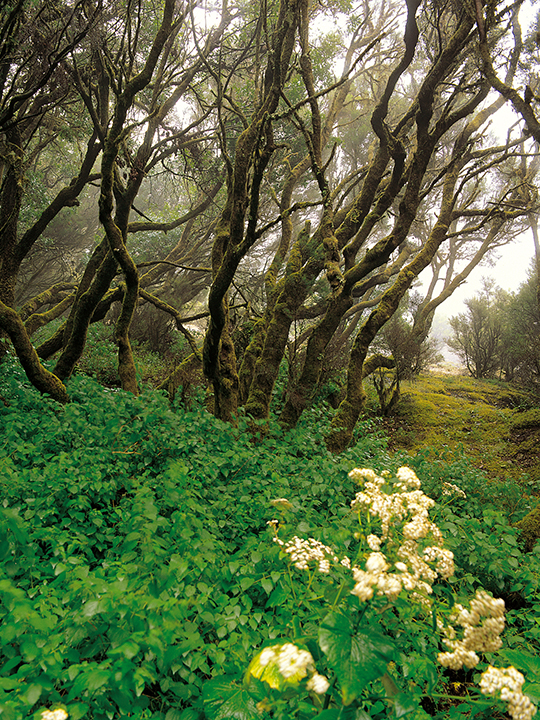
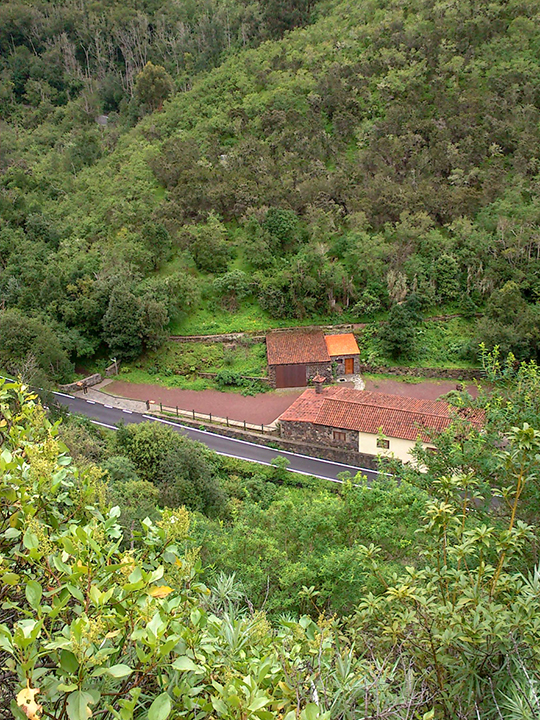
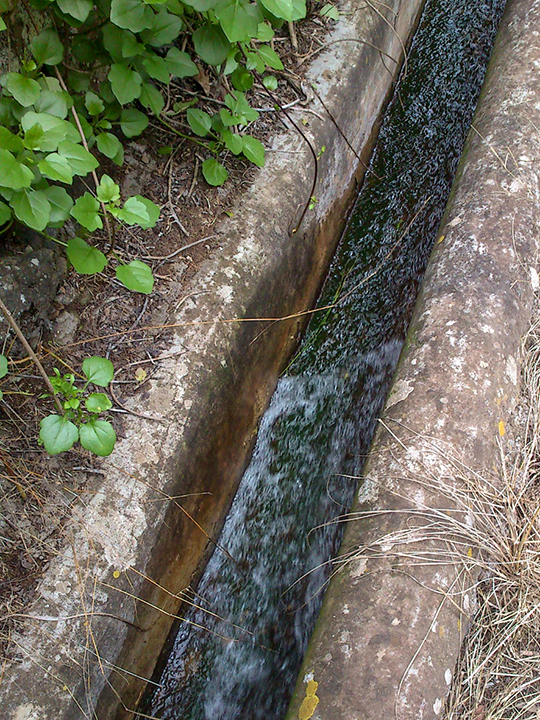
Each element of this triptych, formed by the two sides and the bed of the El Laurel Ravine, has a story to tell. Each part uses its own language. In the undergrowth, the gloomy land under the umbrella formed by the tree canopy, there are even tiny bells that ring out an eternal silence. These are the Canary Island bellflowers, eye-catching orange flowers that burst out of the shadows, crossed by sunbeams that filter in among the foliage and spike the ground like golden lances to remind us of the star still shining on high.
There are even species that tell tales dating back centuries each time they flower. This is the case of the delicate May flower, making a few scarlet and white brush strokes in the laurel forest, identified for the first time in the 19th century by the English traveller and naturalist Philip Barker Webb, co-author of the ‘Natural History of the Canary Islands’ along with Sabino Berthelot. The plant’s scientific name, ‘Pericallis webii’ pays homage to this researcher whose time spent in these woods helped spread the word about its many treasures. In one way or another, Philip still treads these woods.
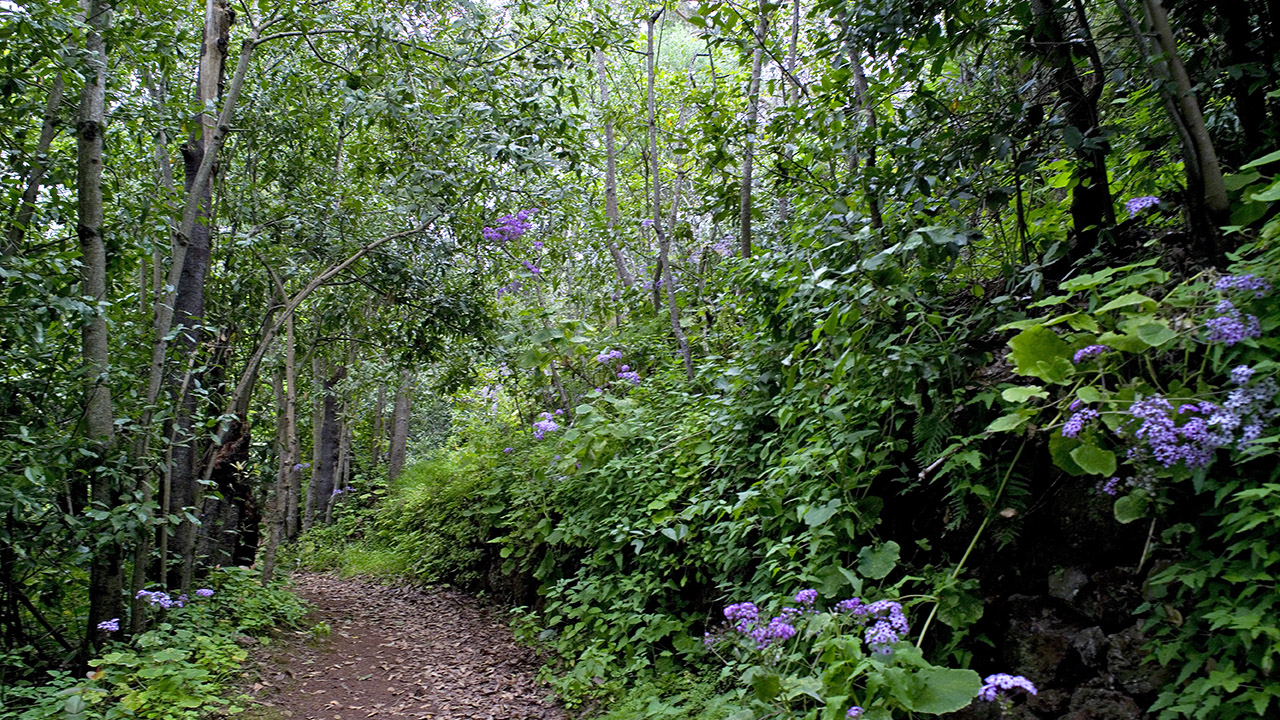
These steps that we take now, any given day in the 21st century, delve into this space where a play might be held by mythological woodland creatures on a stage carpeted with moss, ferns and leaves that have fallen from more than twenty different species of trees.
The path is also an open classroom to learn about Nature and Gran Canaria’s ancestral ways of life, bound to and very often dependent on the trees. The Canary laurel chooses the sunniest areas of the laurel woods, and it is highly appreciated for its wood’s dark colour and strength, making it ideal for furniture, crafts or agricultural tools and earning it the nickname of Canary ebony. In short, this was the raw material for useful and beautiful objects, explaining why it belongs to the Apollonias genus of plants, alluding to Apollo, the Greek god of beauty.
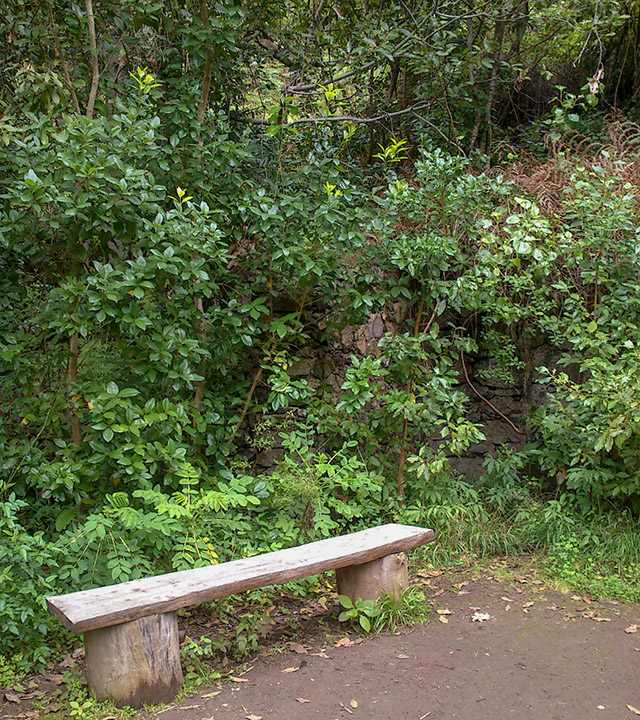
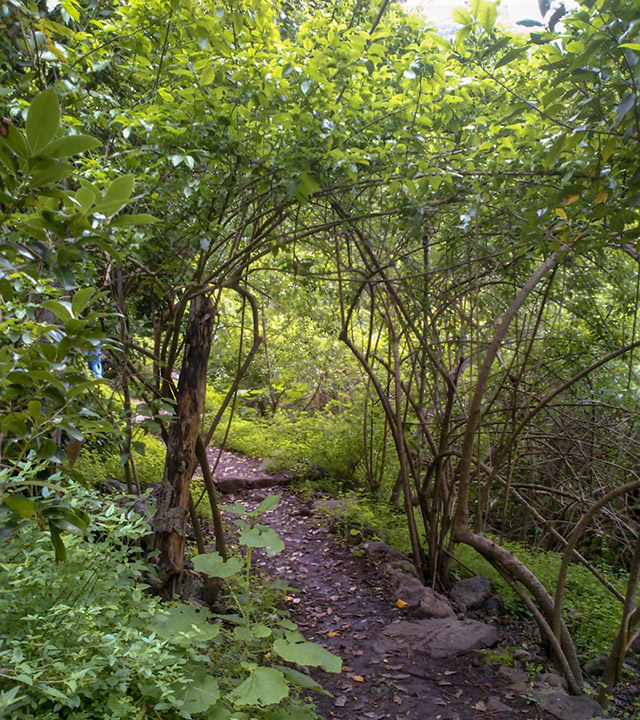
As you stroll along the path, you get the impression that nature is literally embracing you. In the past, when the laurel forest stretched between the Agaete Valley and the Tenteniguada Ravine, the ancient populations found water and food here, such as the Visnea mocanera or Mocan, that offered one of the few edible fruits served up by the woods.
The peace and tranquillity you feel here also embrace a silent yet permanent memory of the indigenous governor who gave his name to the Doramas Rural Park, home to the Special Nature Reserve of Los Tilos de Moya. The fallen leaves also bear the imprint of him and the people of his time.
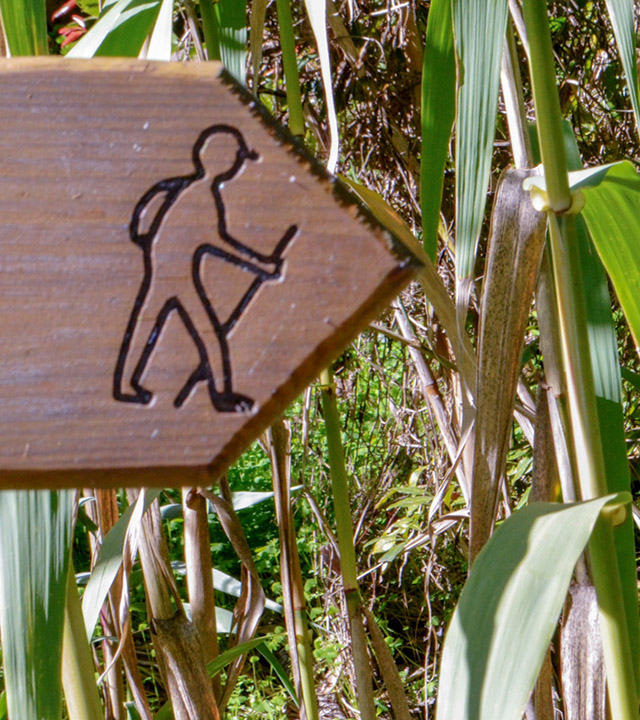
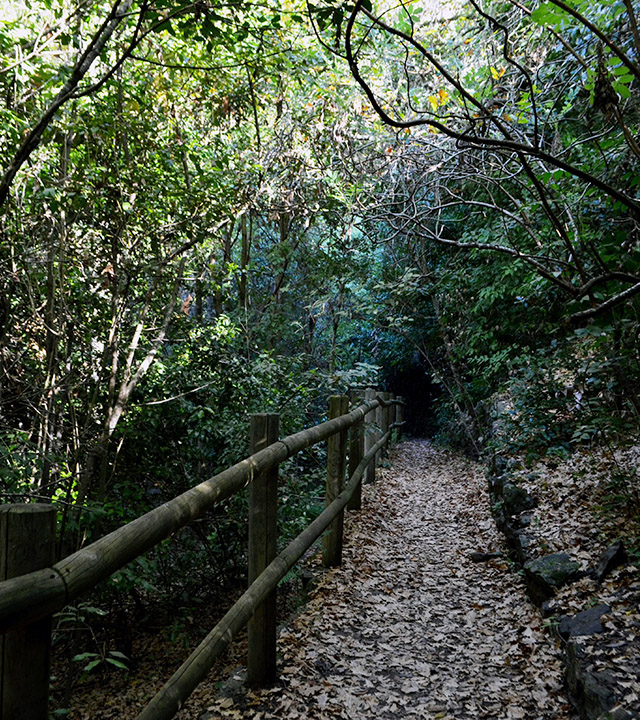
Over the years, the endemic Rabiche and Turqué pigeons disappeared and came back and the ancient spirit of this habitat, a survivor of the Tertiary Period, rejoiced in their return.
As the curtain rises on this work of Nature, sounds can be heard that act as incidental music featuring the trill of finches, warblers or robins. In fact, this is an ideal spot for birds to nest. The skies are ruled by birds featuring all six types of birds of prey living in Gran Canaria: the kestrel, the buzzard, the Barbary falcon, the sparrowhawk, the long-eared owl and the barn owl, always watching but rarely seen.
The Gran Canaria giant lizard and the tarentolas (wall geckos) creep around and exhale their ancestral, prehistoric, incredibly ancient breath, with an arrogant air worthy of cold-blooded beings who have seen it all. On finishing the walk, you’ll have covered 1,800 metres. The tarmac on the road will bring you back to the present day, although you’ve really stepped through millions of years in barely a couple of hours, because time and space as we know it ceased to exist when you set foot on the trail.
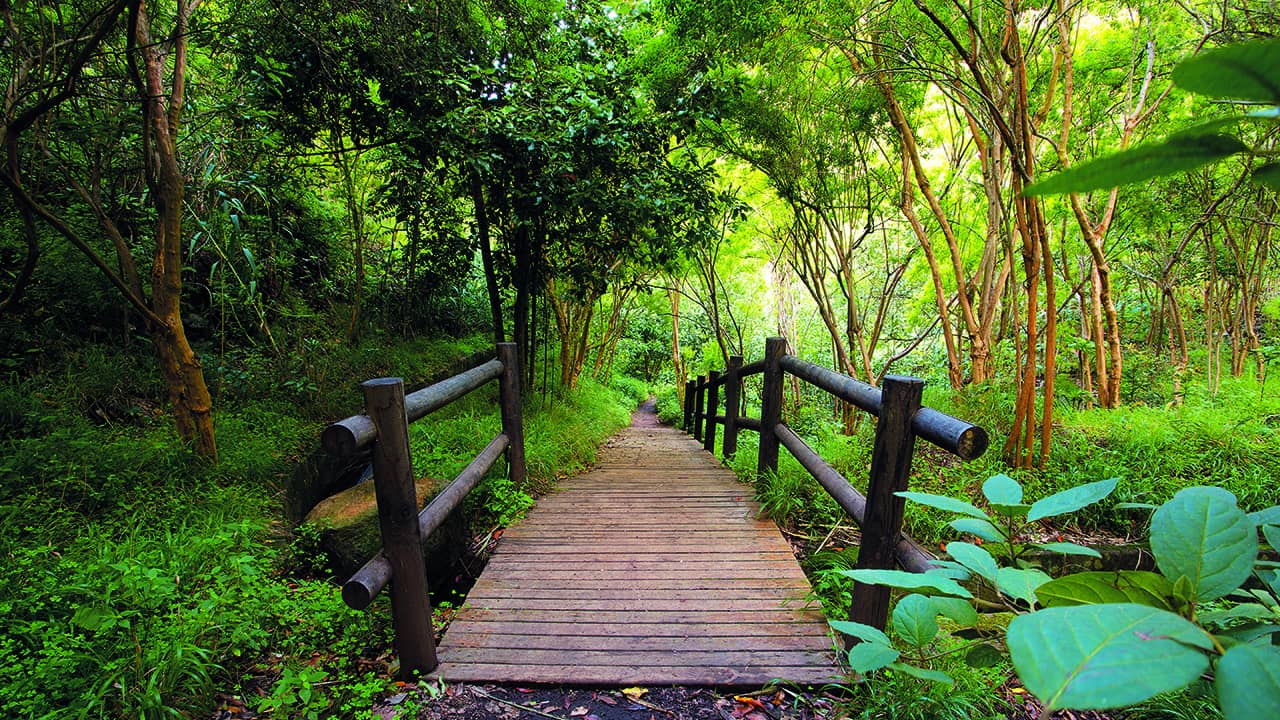
Practical information
Length of the laurel forest circular route: 1,800 metres
Difficulty: low, also includes several rest spots
Visitors Centre opening hours
Address: Camino los Tilos 15. Moya.
There are public toilets, and this is the starting point for the circular route. It provides interesting information on the most relevant aspects of the area and the adjoining garden is populated by species of flora native to the laurel forest, to be observed and identified.
Opening hours: Monday to Friday from 8 am to 2 pm.
Closed on Saturdays, Sundays and holidays.

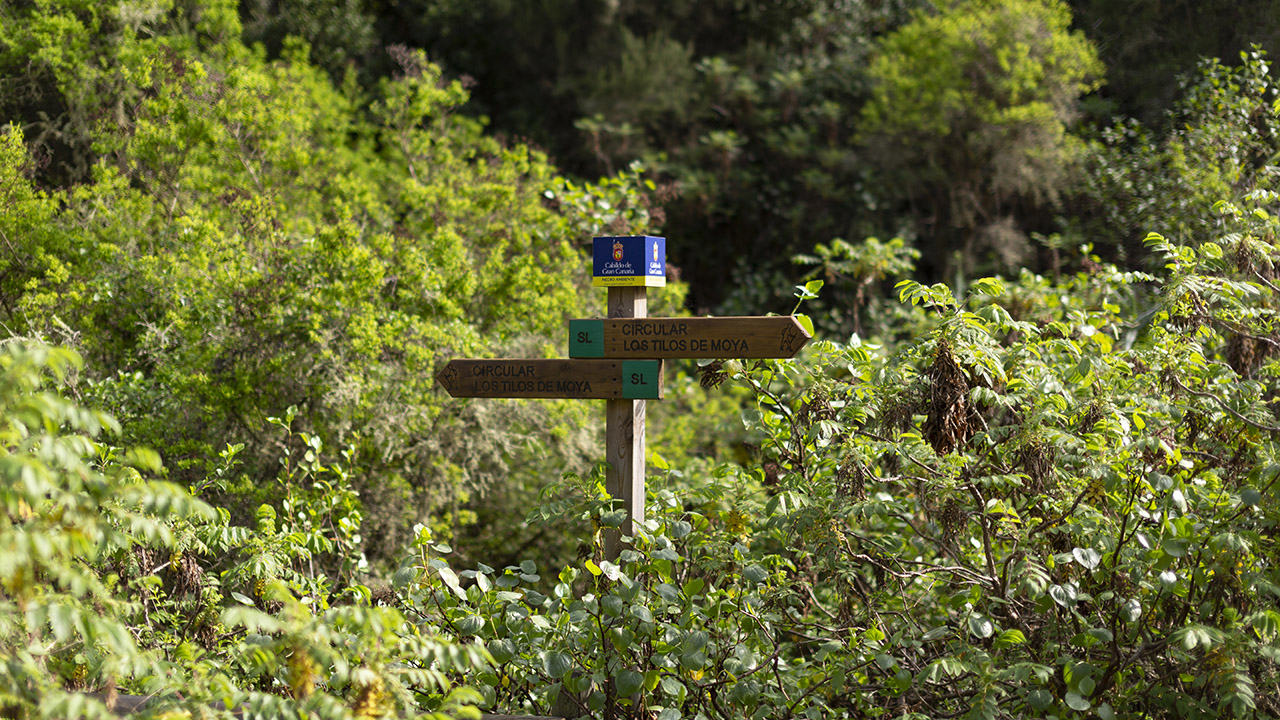

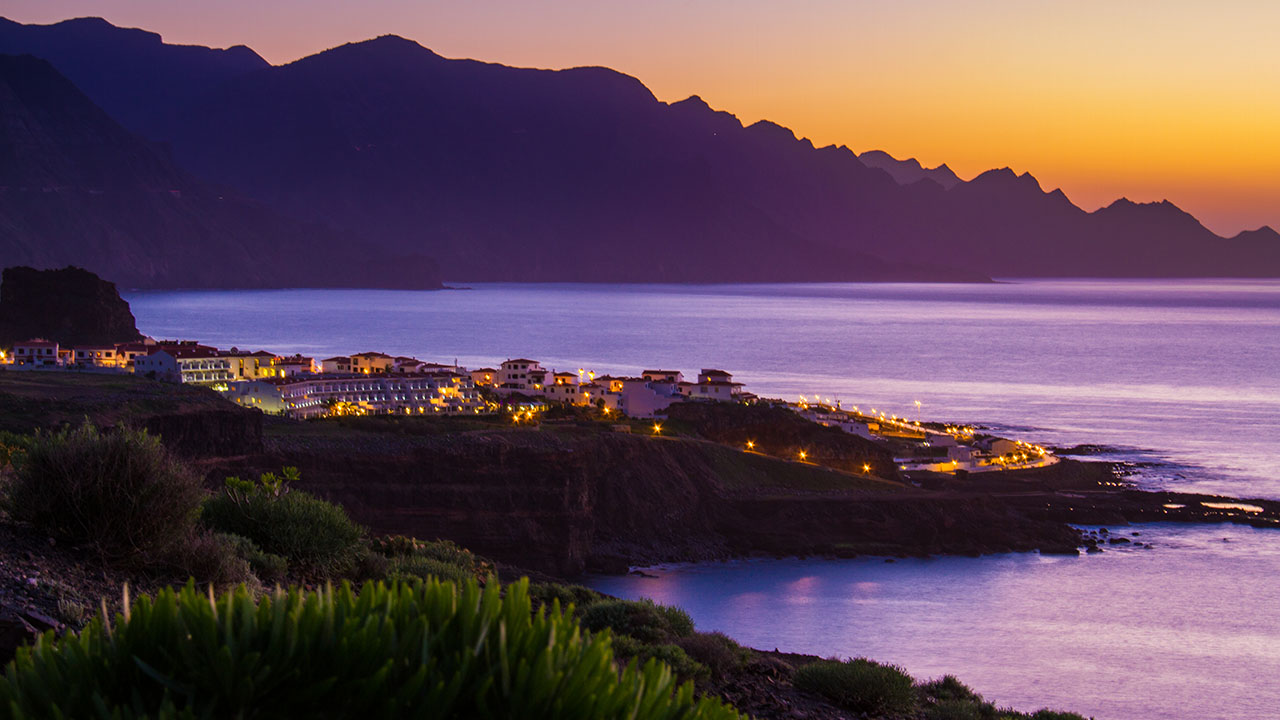
Comments are disabled for this post.